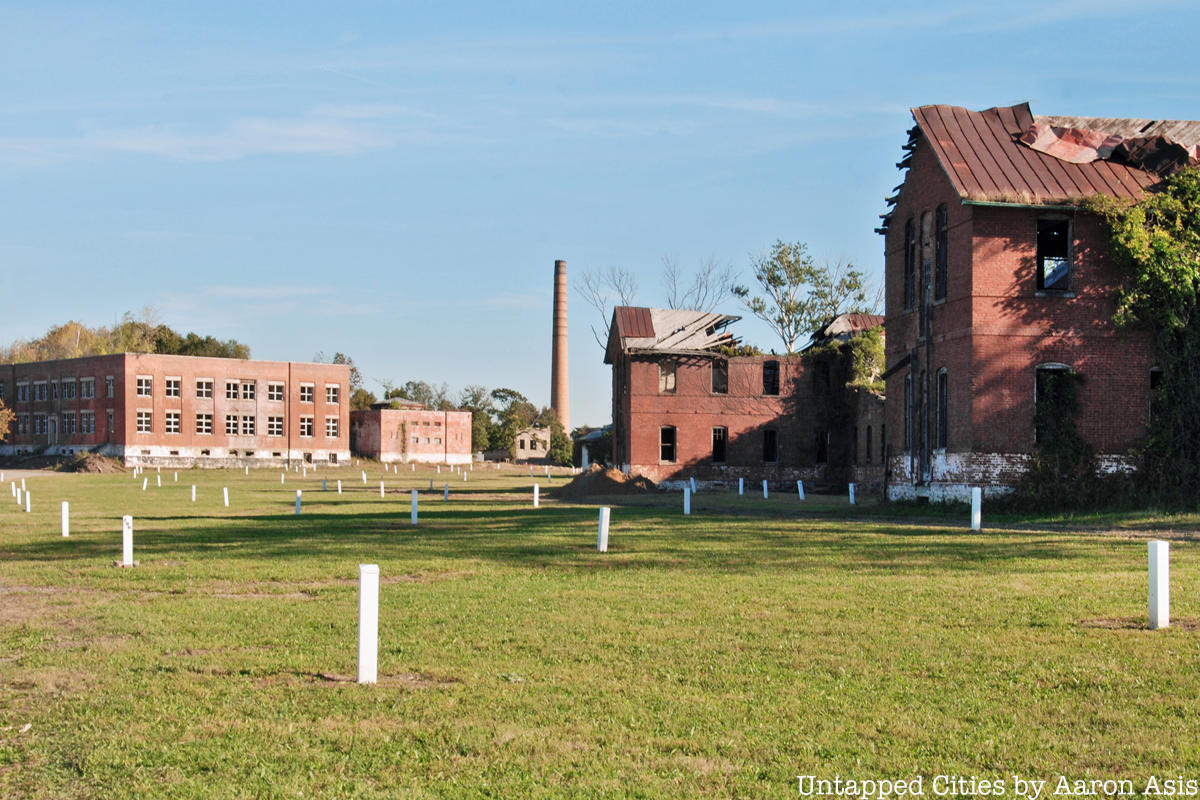Many New Yorkers have never heard of Hart Island, but the contested burial ground off City Island in the Bronx is finally getting its day at City Hall following years of activism to open it up to the public. Hart Island is New York City’s potters field, the final resting place for over one million souls who are either unclaimed by kin upon their death, unidentified, or whose family’s cannot afford a burial. It is the largest tax-funded cemetery in the United States and does not appear on official MTA or NYC Department of Transportation maps, although a DOT ferry provides transportation to and from City Island. In a strange bureaucratic twist, the island has historically been under the jurisdiction of the NYC Department of Corrections, with Rikers Island inmates performing the burials several times a week. On the docket today at City Hall will be a discussion on “Hart Island and the City’s Public Burial Process” by the Committee on Parks and Recreation at 10 AM, and anyone can attend. [Update: the legislation was approved!]
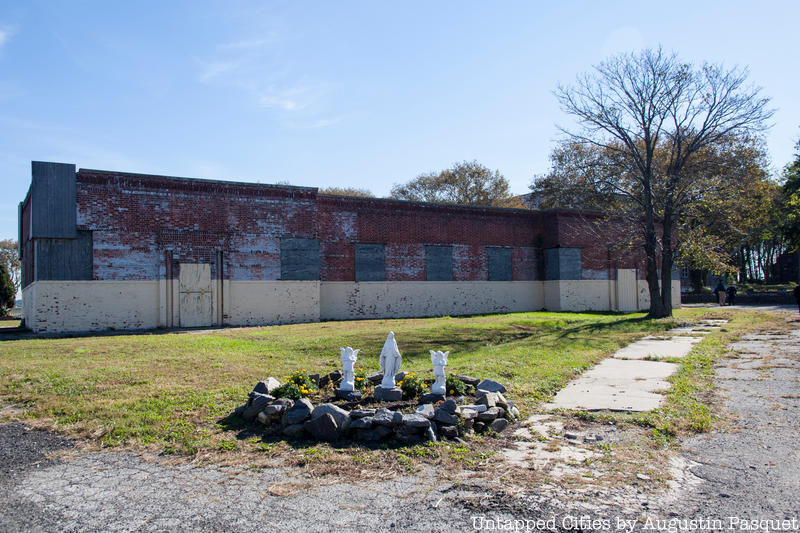
The bill, first proposed by New York City Councilman Ydanis Rodriguez in April 2018, proposes to transfer the island to NYC Parks, though the potters field itself would remain under Department of Corrections jurisdiction. NYC Parks would have input over how the burials happen, in conjunction with Department of Corrections and departments of social services. Hart Island was one of the places discussed during a November 2016 public hearing led by then-chair of the New York City Council Committee on Parks and Recreation, Councilman Mark Levine, a long-time proponent of opening up parts of New York City’s parks that are closed to the public.
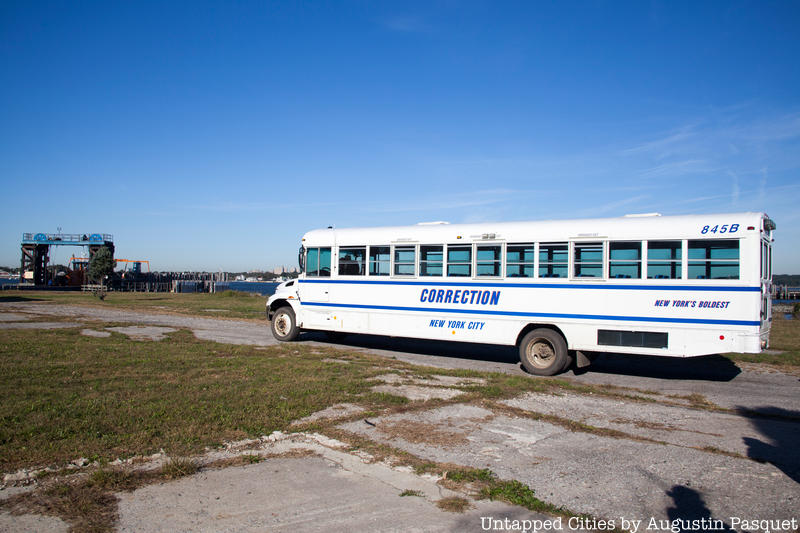 A Department of Corrections bus brings inmates and Corrections staff to perform and supervise burials in the Potters Field
A Department of Corrections bus brings inmates and Corrections staff to perform and supervise burials in the Potters Field
Although Hart Island has generally been off-limits to the public — with an opening up of access in recent years to families of those buried there and to the public on one day a month to a viewing pavilion — the NYC Department of Corrections hosts press visits several times a year. It has been through these visits that we have had the opportunity to visit and document Hart Island on several occasions. Here, we are sharing our photographs, most of which we have never published before.
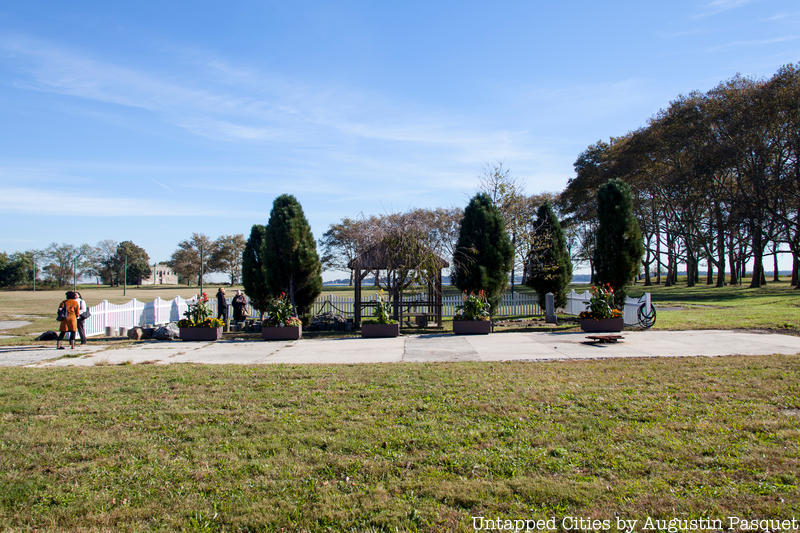 The viewing pavilion is usually as far as visitors can go on Hart Island
The viewing pavilion is usually as far as visitors can go on Hart Island
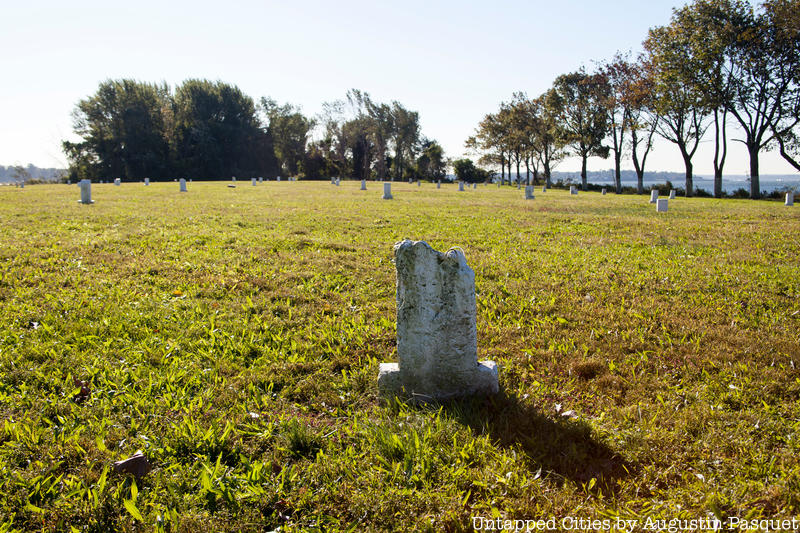 Burials are marked with stone markers, bodies are usually buried in wooden caskets three on top of each other.
Burials are marked with stone markers, bodies are usually buried in wooden caskets three on top of each other.
Like other islands in New York City, Hart Island has also served as a locale to isolate undesirable activities. There has been a narcotics rehabilitation center, a quarantine zone for yellow fever, a prison, women’s insane asylum, a tuberculosis hospital, a Cold War Nike missile base, and a training camp. Many of these buildings and structures still stand abandoned, including an abandoned chapel, hospital buildings, and more.
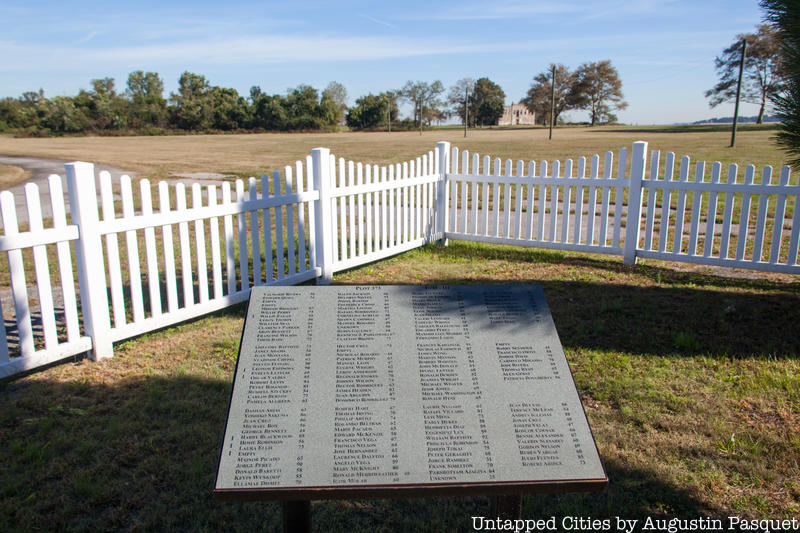 A placard denotes the names of those buried (if known) and the locations of the burials
A placard denotes the names of those buried (if known) and the locations of the burials
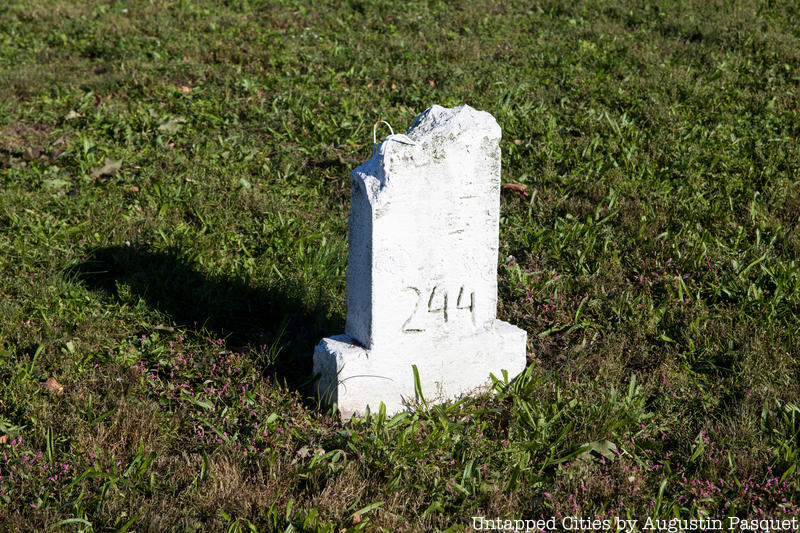 Crudely carved numbers correspond to a numerical system for locating burials
Crudely carved numbers correspond to a numerical system for locating burials
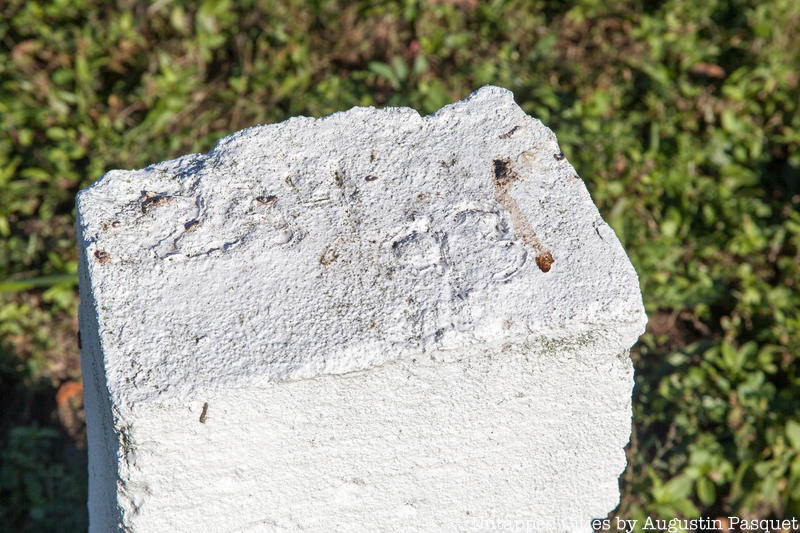
Moses Gates, Vice President at the Regional Plan Association submitted written testimony for this hearing, stating, “This transfer [to NYC Parks] is long overdue….First, it is quite simply a shame to leave 131 acres of public open space largely inaccessible, and anyone who has been to Hart Island can testify as to the value of the island simply as a place to experience as parkland. And second, the cemetery is the resting place of an estimated one million people, and countless New Yorkers have loved one buried on the island. Beyond this, Hart Island – similar to Green-Wood, Woodlawn, the African Burial Ground, and many other final resting places in the five boroughs – also holds great meaning to New York as a whole,
and to many people beyond those with loved ones on the island. Our public burial ground should, at minimum, have the same accessibility as our city’s private burial grounds, the vast majority of which are open at least six days a week for several hours a day.’
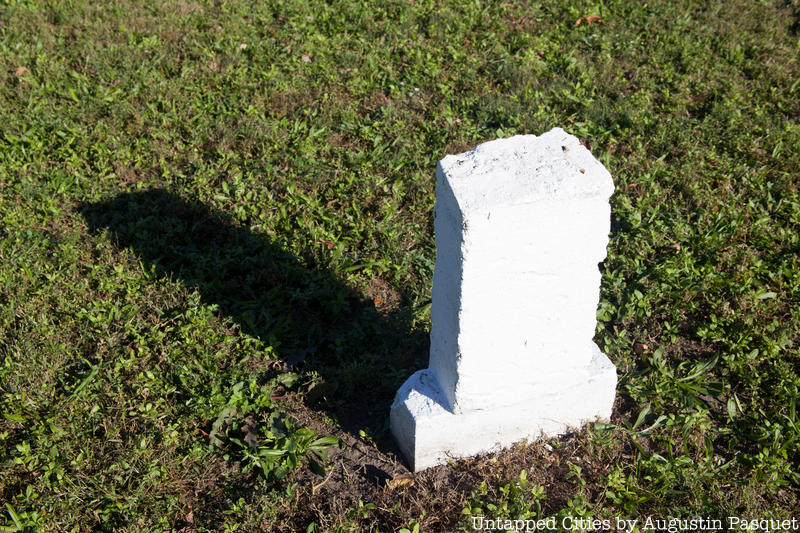
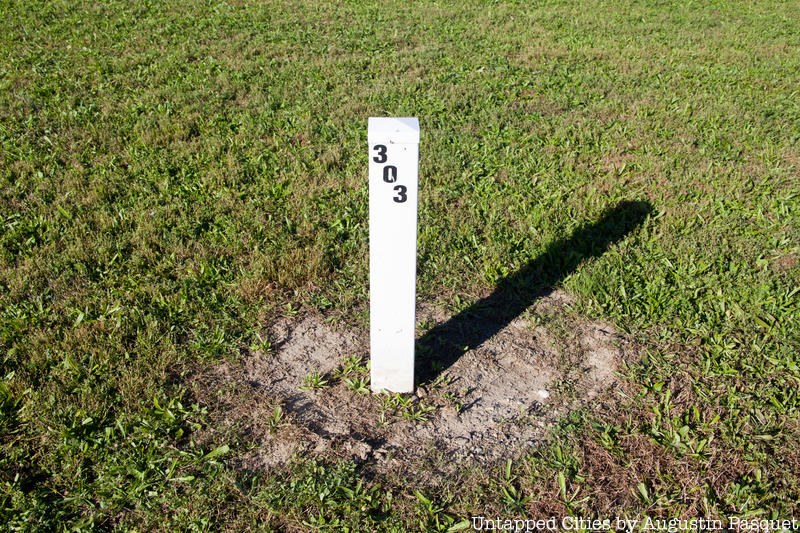 Metal markers with vinyl lettering are a more modern practice
Metal markers with vinyl lettering are a more modern practice
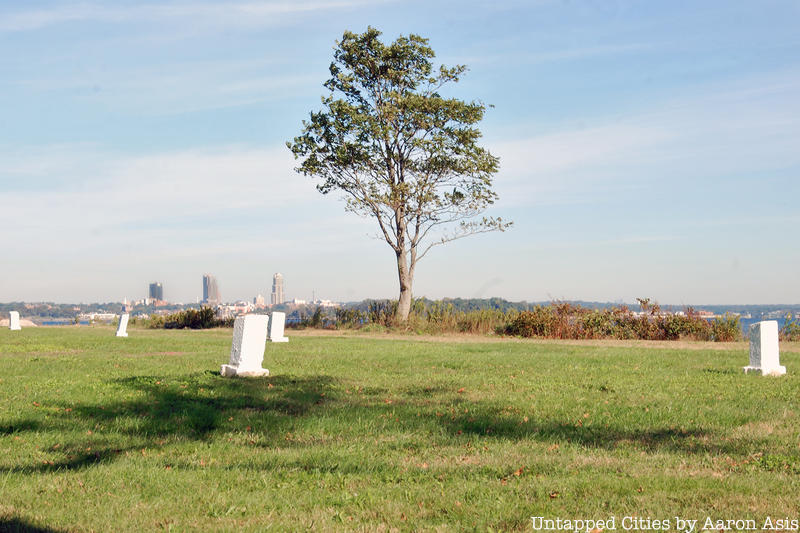
There are also several memorials on the island, including the Peace monument installed in 1948 under the administration of New York City Mayor William O’Dwyer. It was built by corrections inmates following World War II:
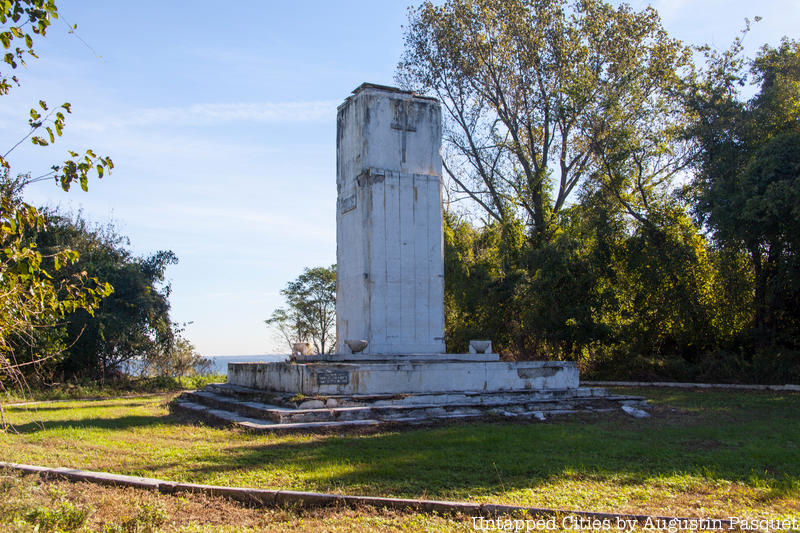
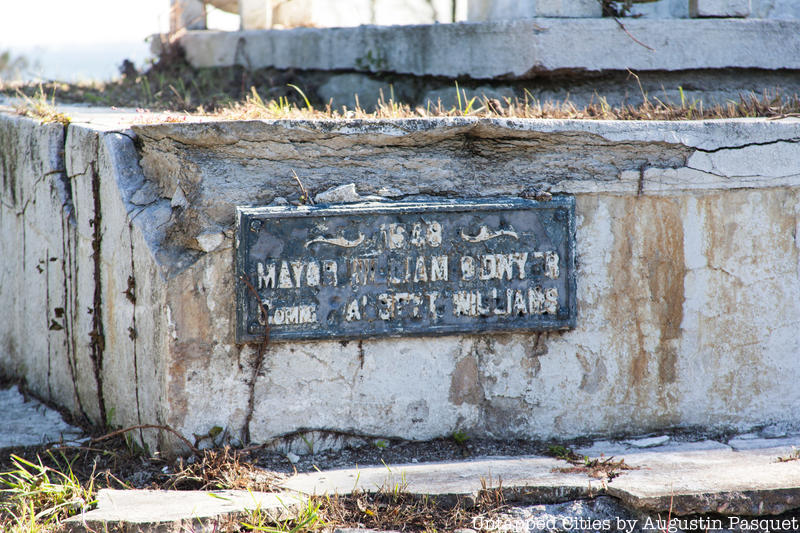
Another monument marks the soldiers from the Civil War that fought on the Union side, whose bodies were disinterred on June 9, 1941 and reinterred in Cypress Hills National Cemetery, a military cemetery:
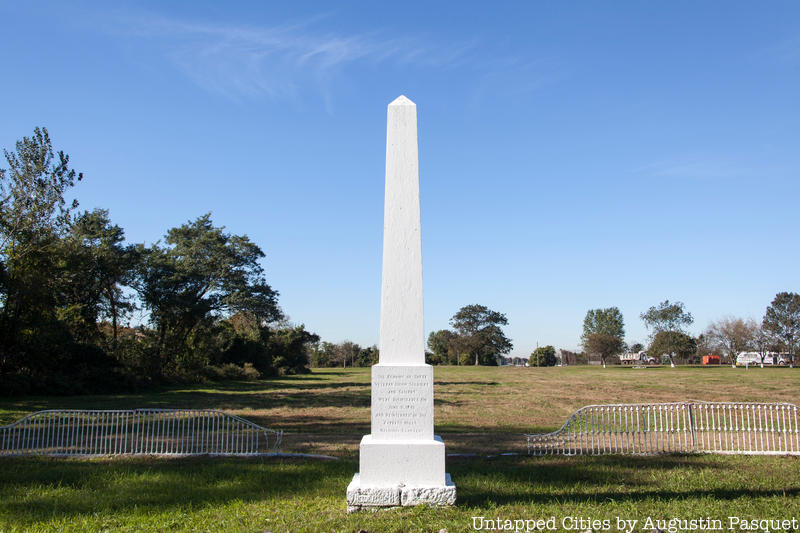
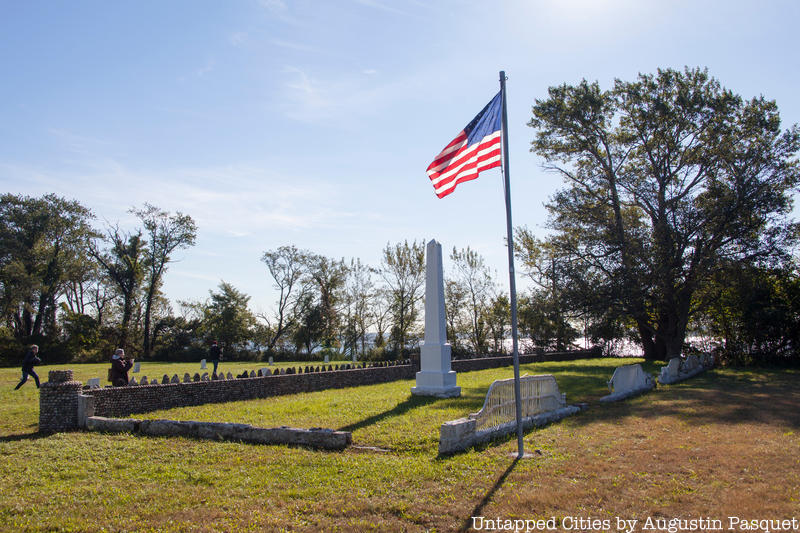
The monument most visitors see sits within the viewing pavilion:

Many buildings are left over from the island’s previous activities, such as this power plant:
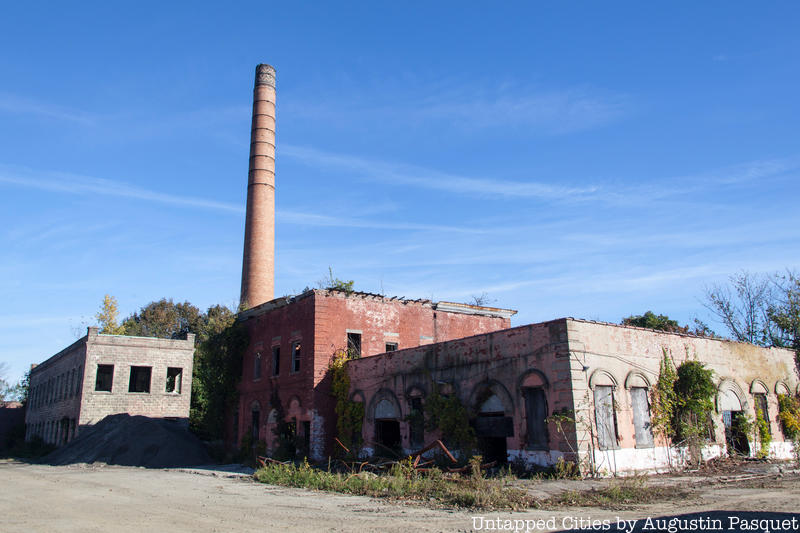
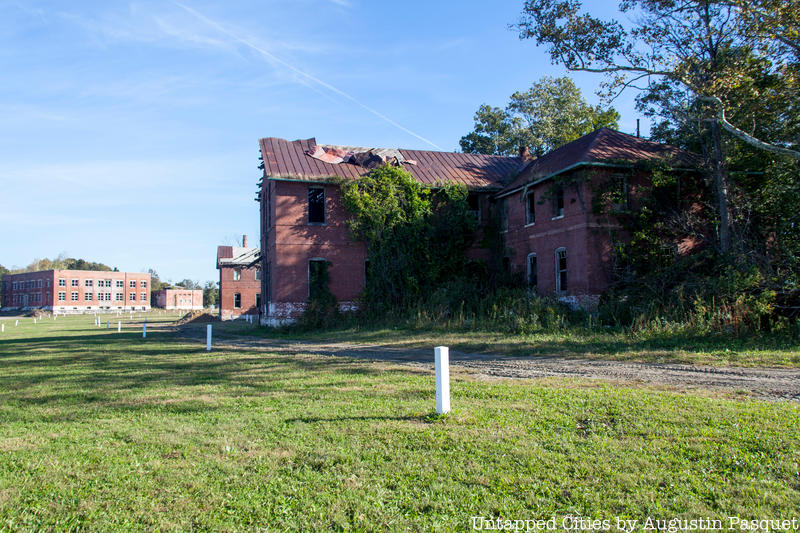
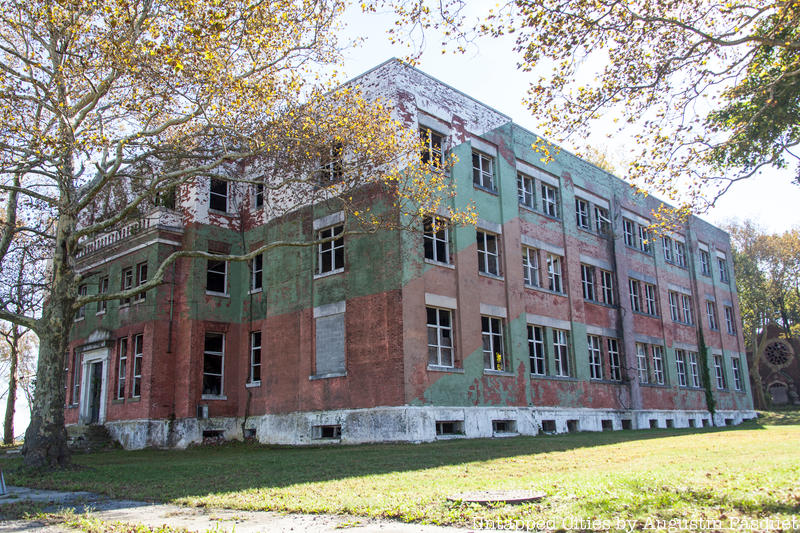
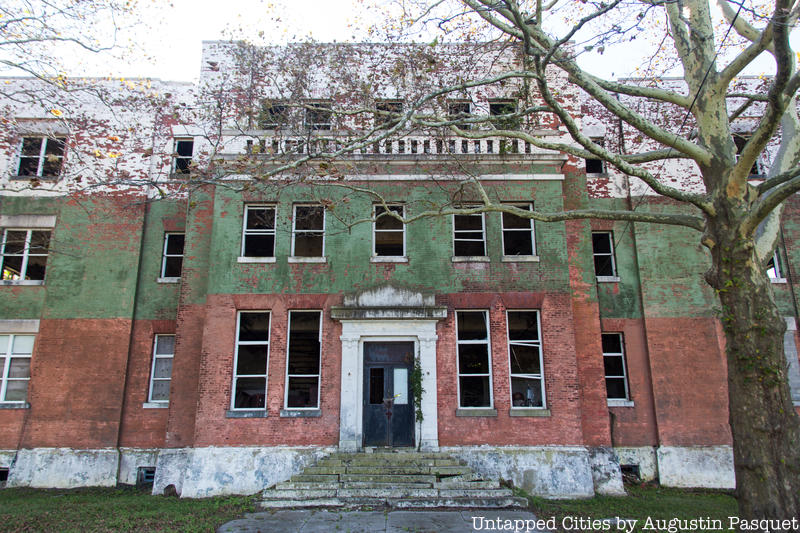
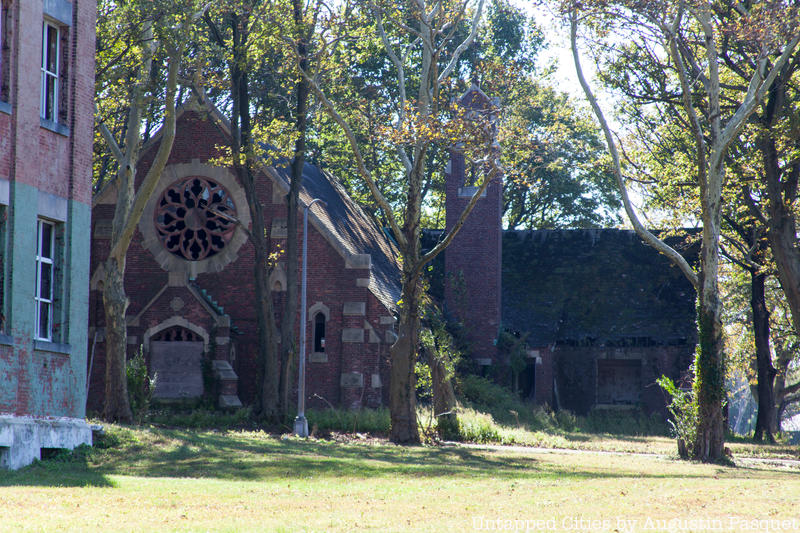 Abandoned chapel
Abandoned chapel
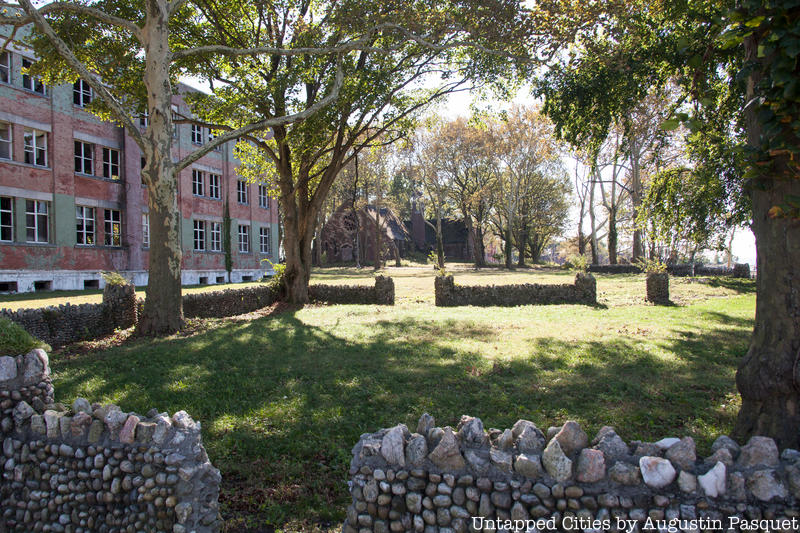
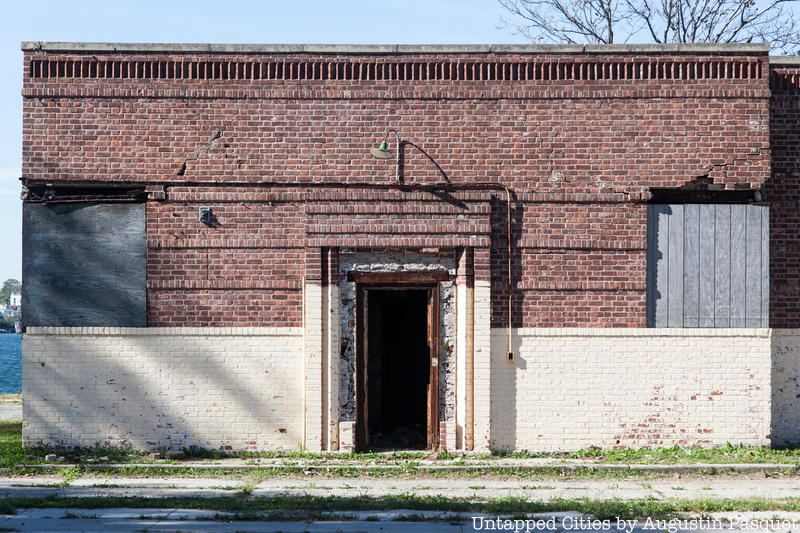
A population of deer inhabit Hart Island:
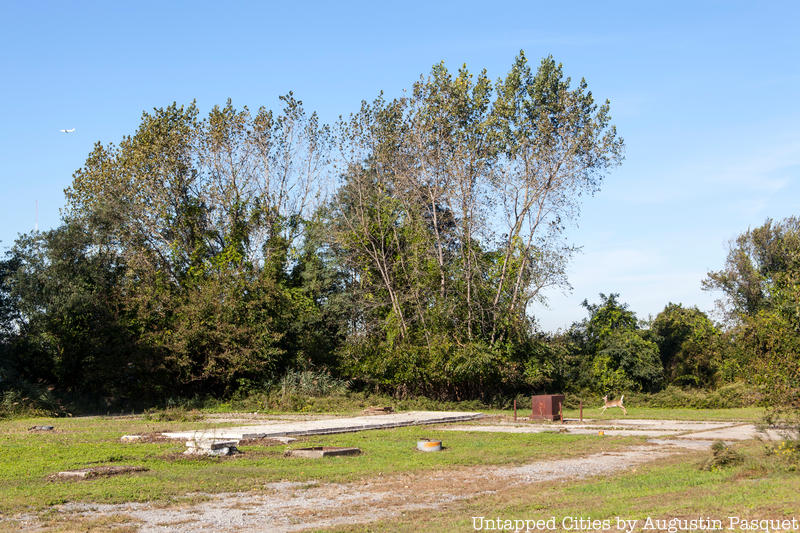
The remnants of the Cold War Nike missile launch area on Hart Island can still be seen clearly. The surface-to-air missile installation was overseen by the U.S. Army Air Defense Command from 1954 to 1961 for the purpose of defending against a potential Soviet attack. The Hart Island installation was one of at least nineteen in the New York City region. Though the control operations for the missiles was located on David’s Island, another abandoned island off New Rochelle, the launch area was on Hart Island which can be seen from David’s Island. What you see in the photos below are the foundations of the buildings where missiles were tested and assembled. An earthen mound nearby would have been where the missiles were fueled.
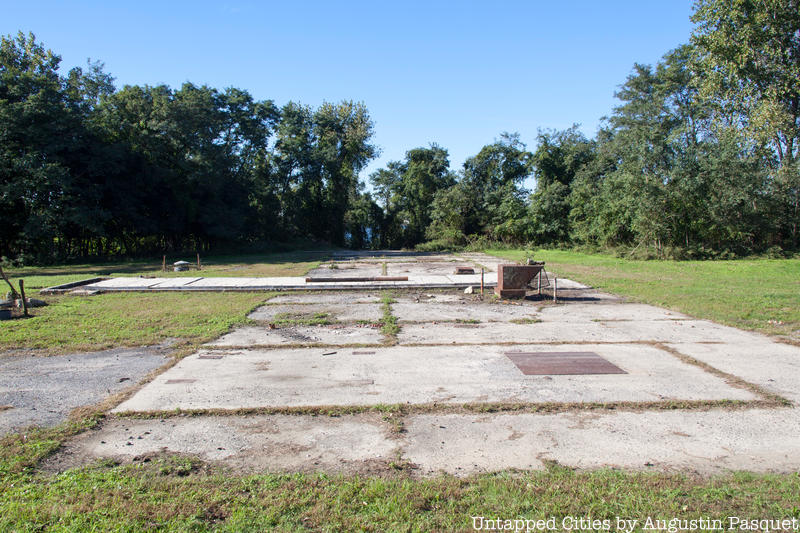
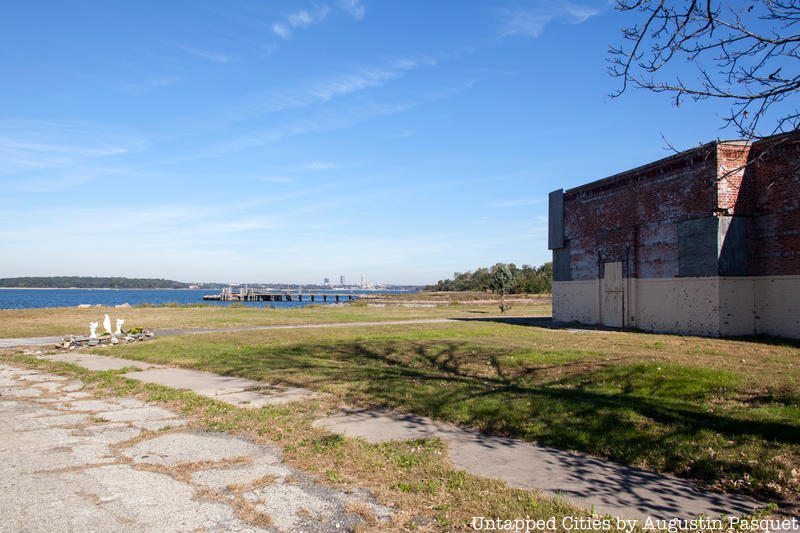
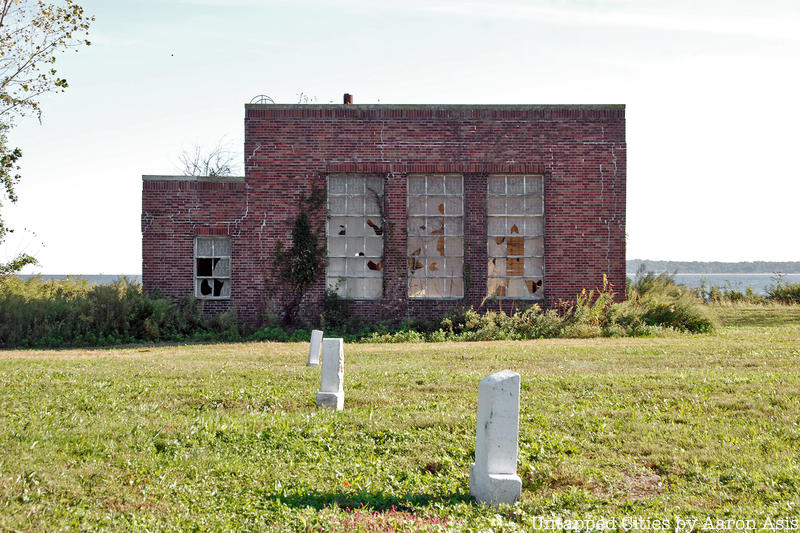
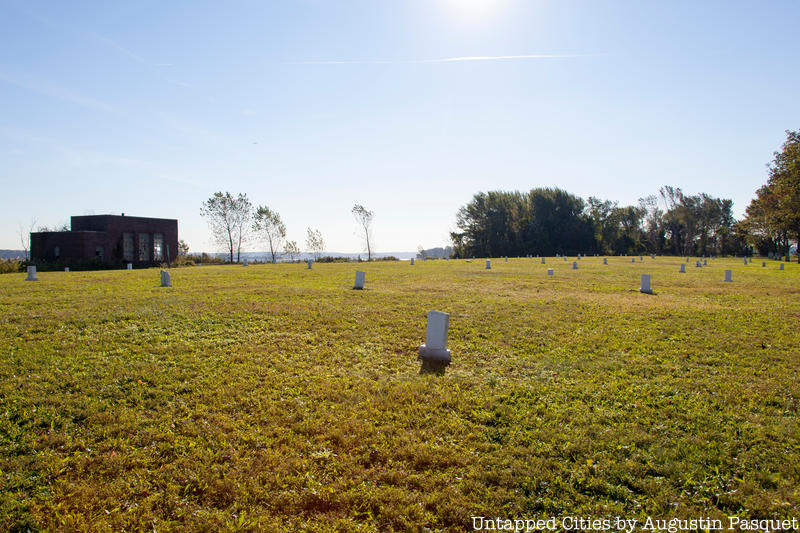
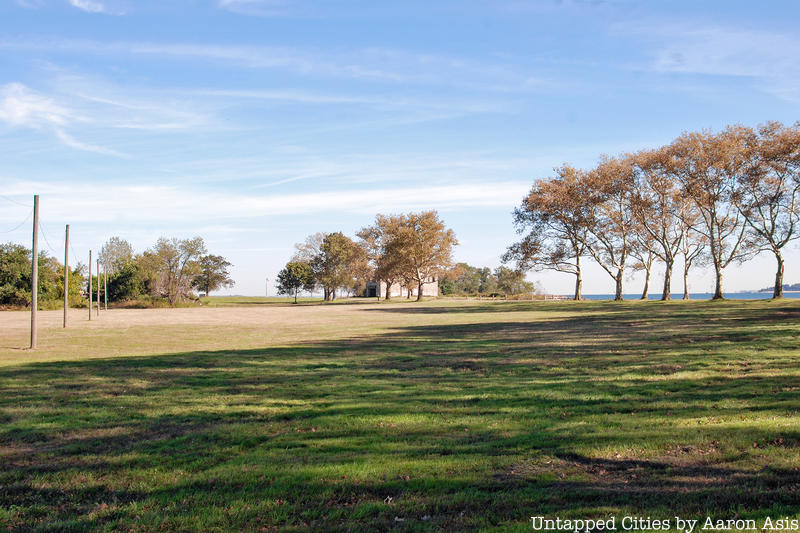
Next, check out the Top 10 Secrets of Hart Island and see a video about being on Hart Island.






